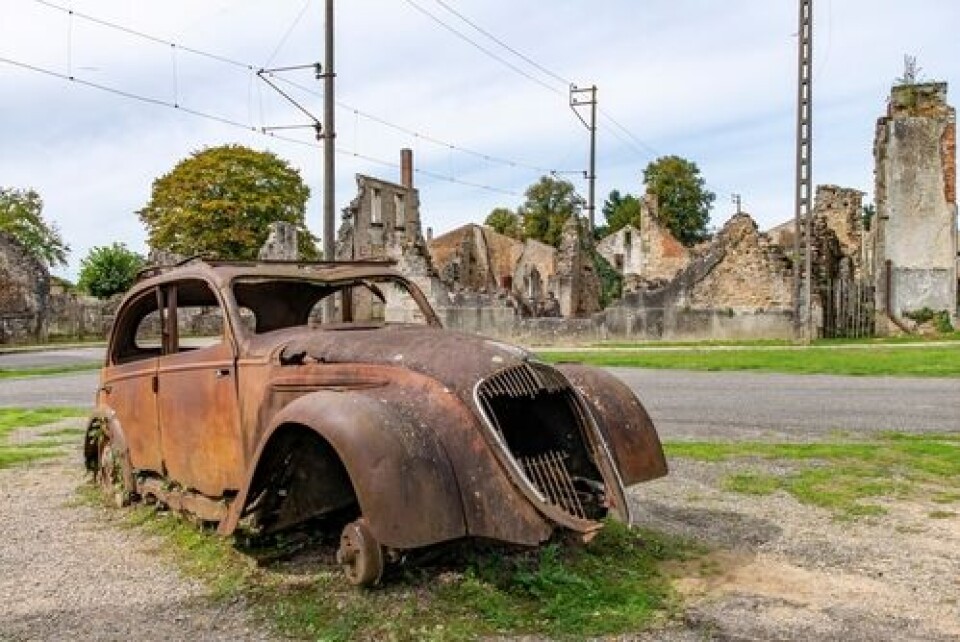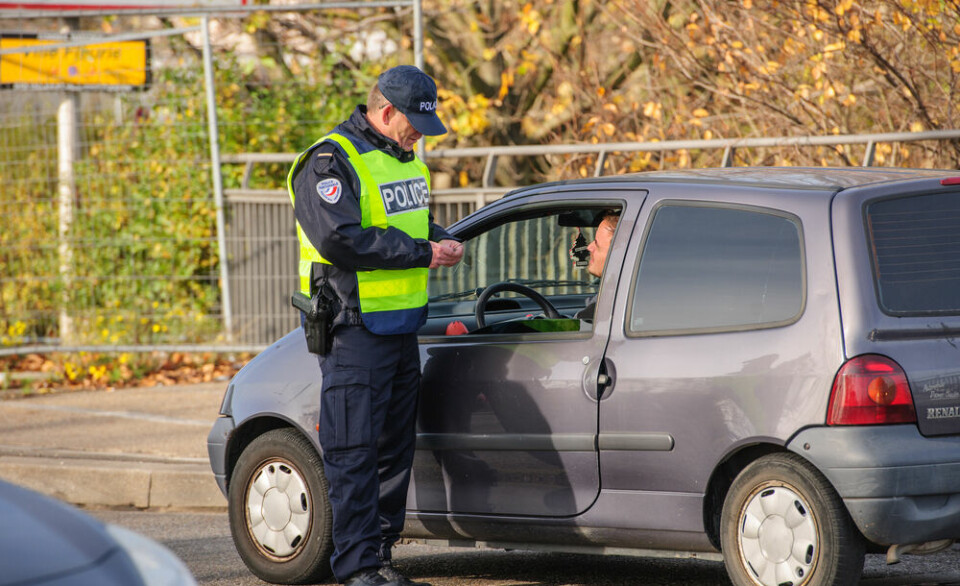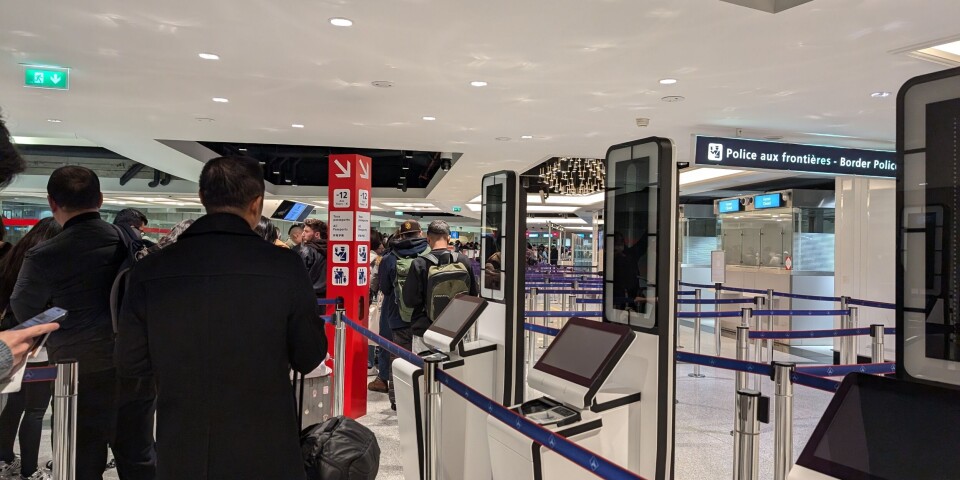-
Warm days ahead: French weekly weather outlook March 31 - April 4
Temperatures of 20C are expected towards the end of the week across France
-
Second runway at Bordeaux airport likely to be renovated not closed
Move may lead to backlash from local people who are unhappy due to the noise levels
-
Pension age reform in France: New poll shows support for a return to age 62
Employers' organisations and trade unions are currently meeting to discuss the subject on the orders of Prime Minister François Bayrou
Last survivor of French war massacre village Oradour-sur-Glane dies
Robert Hébras, 97, was one of only six survivors. He was shot but managed to escape by crawling out of a pile of corpses ready to be burnt to hide in a stable

The death of Robert Hébras marks the turning of a page of history, a page which he never stopped recounting throughout his long life: about the village that still remains a living monument to death. The Limousin village in which he was born.
Things changed forever the day the Waffen SS entered Oradour-sur-Glane, on June 10, 1944. The summary brutality they meted out was exceptional even by their own standards.
"I was in front of my door with a friend, we were just chatting about things. It was 14:00 when we heard the sound of caterpillar tracks from the back of the village. We looked over and saw two-tracked vehicles trundling past us, packed with soldiers."
Shot then burned
The teenager found himself with his mother and his two sisters being frog marched onto the village square before being separated from them. The young Mr Hébras and dozens of the men from Oradour were herded into one of the village’s several barns.
"The two machine guns were set up in front of us. The chief gave the order to fire. There were about 50 of us, the first ones were ten metres from the weapons. We fell on top of each other.
“Then they covered us with everything that could burn and set fire to us. When the flames started to reach me, I had no choice: either I would die burned alive or I would try to run away. I got out from under the dead and dying, the soldiers were no longer there. I was able to take refuge in a stable."
‘I can’t cry any more’
"I saw young girls crying while listening to my story. It hurt my heart. I don't cry anymore. I can't cry anymore. I've cried too much," he said towards the end of his life.
His death was announced in a statement by his family, Philippe Lacroix, the mayor of Oradour-sur-Glane, and Benoît Sadry, president of the National Association of the Families of the Martyrs of Oradour-sur-Glane.
Robert Hébras was born on June 29, 1925 in Oradour-sur-Glane (Haute-Vienne) and was the last survivor of the massacre that claimed 643 lives This included 260 children, 68 of whom were under 6 years old, who burned in the church along with their mothers and the other womenfolk of the village.
Many tributes have been made for him including from the President of the Haute-Vienne department.
Avec La mort de Robert Hebras, c’est toute une histoire tragique qui est dans nos mémoires collectives. Je rend hommage à ce grand Homme qui a consacré toute sa vie à perpétuer le souvenir d’#Oradour et à défendre les valeurs de fraternité. #CMO pic.twitter.com/h5F5pb6Ohx
— Jean-Claude Leblois (@LebloisJC) February 11, 2023
Read more: Village where time has stood still since Nazi atrocity
Mr Hébras was 18 when the Der Führer regiment of the Waffen-SS Panzerdivision Das Reich struck. The village’s men were corralled into barns and the women and children into the church. For young Robert, it was the Laudy barn, under the guard of a detachment with machine guns.
History records that after an hour's waiting, the firing squad opened up. They were piled up and then inspected before the wounded were shot and the building set alight. Only six wounded survived, hidden under the pile of corpses, according to Le Monde.
Women and children burned alive in church
The young mechanic's apprentice, shot in the chest, leg and arm, managed to crawl out of the barn. He would have preferred, he later explained, to be shot with a bullet than to die by fire. He managed to escape the SS patrols and reach a nearby hamlet. There he learned that his mother and two of his sisters, Georgette and Denise, had been burned in the church. His father and his third sister, who were not in the village that day, had escaped the massacre.
“The survivor then joined the maquis, then the army to take part in the fighting during the Liberation. After the war, he went back to work, opened his own garage, started a family, had a son and three grandchildren. It was then that he began the ‘work of memory’ that he would carry out for the rest of his life,” reads an obituary in Le Monde.
Court witness
As a survivor, he testified at the trial before the Bordeaux military tribunal, from January 12 to February 12, 1953, of 23 ex-SS (nine Germans and 14 Alsatians). Two death sentences (including that of an Alsatian) were handed down, while one German was acquitted, and the others were sentenced to five to ten years of hard labour. The following week, "in the interests of national cohesion,” the French Parliament voted for an amnesty for the convicted Alsatians. This vote aroused two antagonistic groups, and a lasting dispute between Limousin and Alsace.
Mr Hébras was himself a victim of this. In 2012, the republication of his book Oradour-sur-Glane. Le drame par heure (Chemins de la mémoire 1992), in which he evoked those who were "supposedly forced into the SS units," led to a complaint by the Alsatian Associations of escapees and draftees.
Hate victim
The Court of Appeal of Colmar sentenced the author to €1 in damages for defamation and €10,000 in legal costs. On October 16, 2013, the Court of Cassation overturned the conviction on the grounds that these remarks "did not exceed the limits of freedom of expression." This did not spare him the vindictiveness of revisionist historians and anonymous death threats.
At the same time, Mr Hébras had given himself a more ambitious objective than that of witness: to work for Franco-German reconciliation from the village, whose ruins, preserved in their original state, are the most visited place in the Limousin (300,000 visitors per year, according to the regional tourist office). They are especially popular with German schoolchildren and students, for whom he was an attentive guide.
In 1983, he attended the trial and sentencing (life imprisonment, released for health reasons in 1997) of one of the organisers of the massacre, Heinz Barth, who was living under a false identity in the former German Democratic Republic. He then returned several times to give lectures at German universities.
Heaped with honours
Mr Hébras was a Chevalier (knight), then officer of the Légion d'honneur (2001), holder of the Austrian Holocaust Remembrance Prize (2008), holder of the Order of Merit of the Federal Republic of Germany (2012), and in 2013 he was visited by President of the Federal Republic Joachim Gauck, accompanied by the then French President, François Hollande. And on June 10, 2017, he welcomed Emmanuel Macron on the occasion of the 73rd anniversary of the massacre.
During his long lifetime, Mr Hébras published several books. In addition to Le Drame heure par heure, There was Avant que ma voix ne s'éteigne (Before My Voice Falls Silent with the journalist Laurent Borderie, Elytel, 2014). He also participated in several documentary films, including Une vie avec Oradour, by Patrick Séraudie (2011), and Der Fall Oradour, Enquête sur un crime de guerre, by Ute Casper (2014).
Robert Hébras, in brief
- June 29, 1925: Born in Oradour-sur-Glane (Haute-Vienne)
- June 10, 1944: Escaped the massacre
- 1992: Publishes Oradour-sur-Glane. Le drame par heure (Chemins de la mémoire)
- 2014: Publishes Avant que ma voix ne s'éteigne (Elytel)
- 2023: Died in Saint-Junien (Haute-Vienne)
Related articles
The painful SS massacre memories of this tiny French village
‘Ghost areas’: The places in France where no one lives
Descendants of Frenchmen forced to fight for Germany seek recognition
























